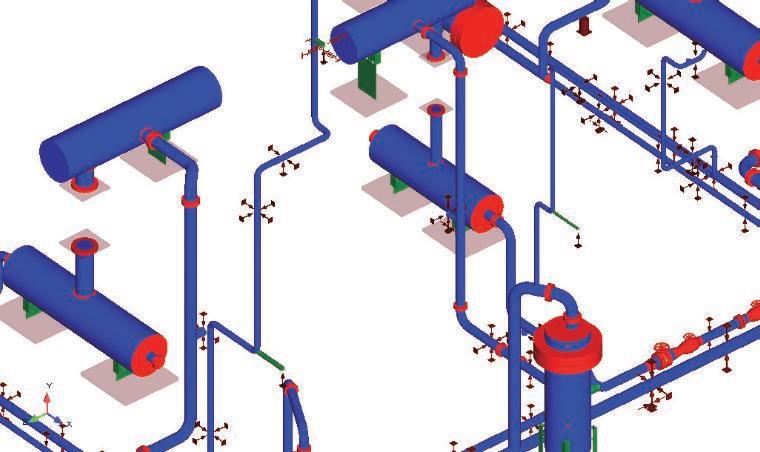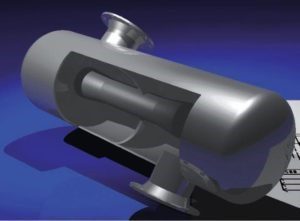What are the applications ?
Air handling and ventilation system inlets and outlets
Machine acoustics (air conditioning, ventilation, etc.)
Pulsation and vibration
The pulsatory study
During the acoustic study, pressure pulsations and unbalanced forces are controlled using the following techniques:
Acoustic filters such as empty volume or volume with internals
Frequency separation by optimising pipe cross-sections and/or lengths
Addition of resistive elements such as orifice restrictions
In accordance with API 618, the acoustic study provides information on :
Pulsating pressure
Unbalanced forces induced by pulsations
Pressure losses
Flow and power deviations


Study of mechanical response
The mechanical response study helps to optimise vibration and cyclic stress conditions by improving the design of pipe and boilerwork supports.
In accordance with API 618, the mechanical study provides information on :
Natural frequencies
Forced response vibrations and cyclic stresses





